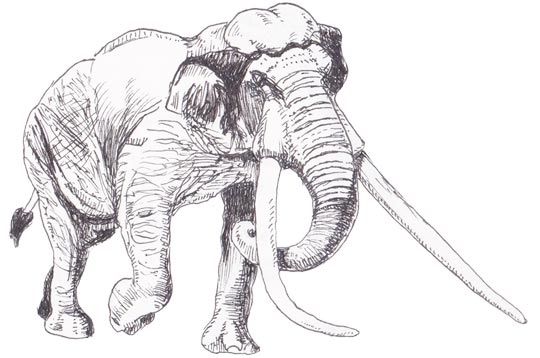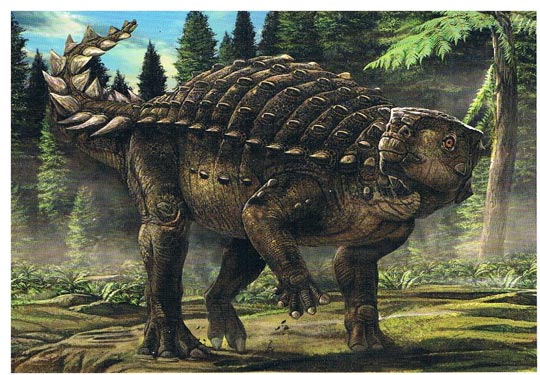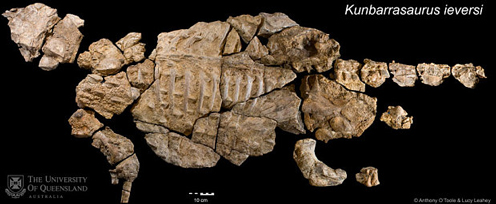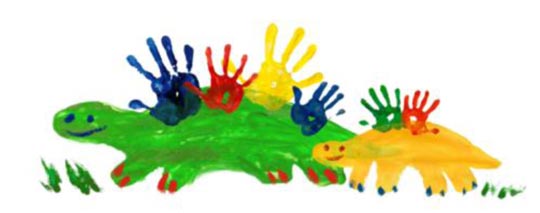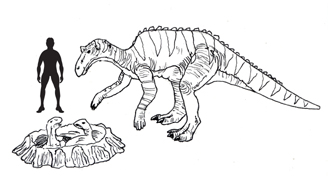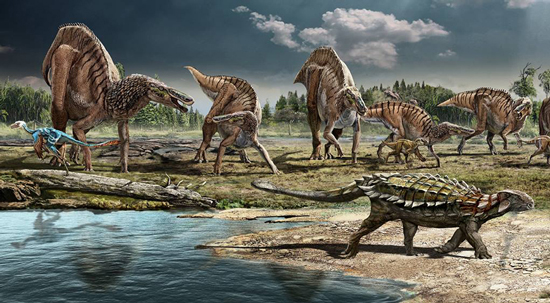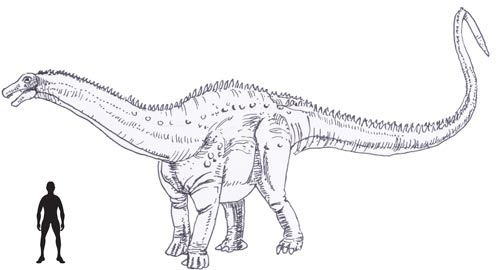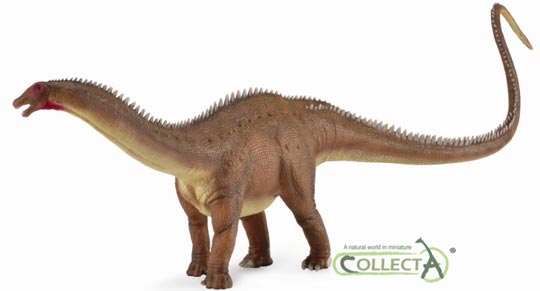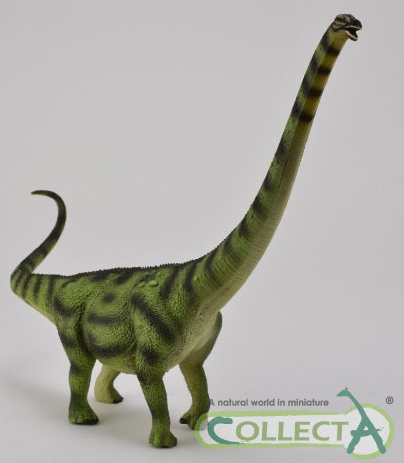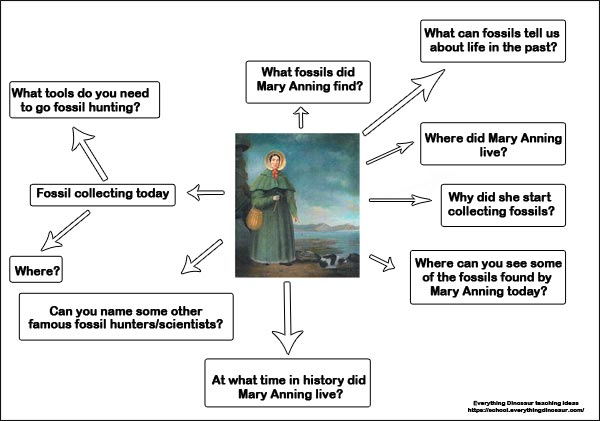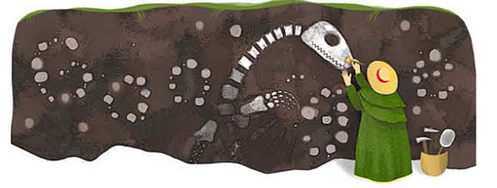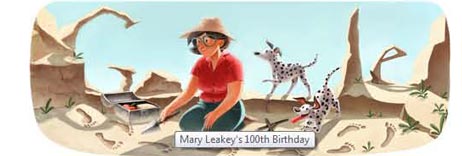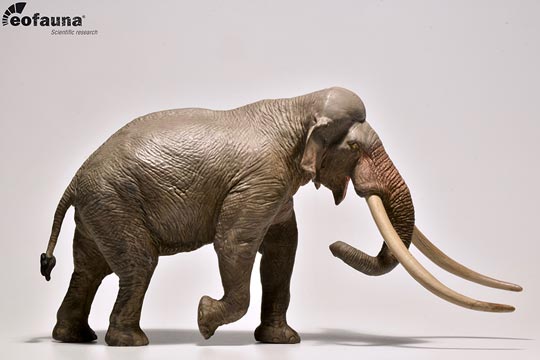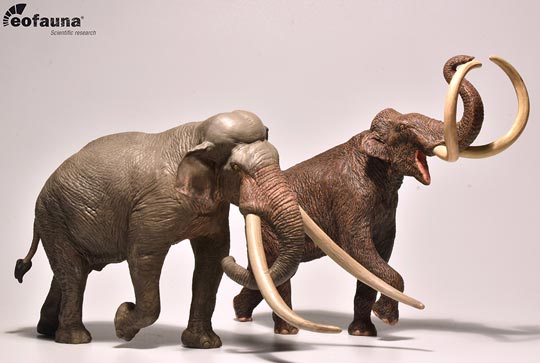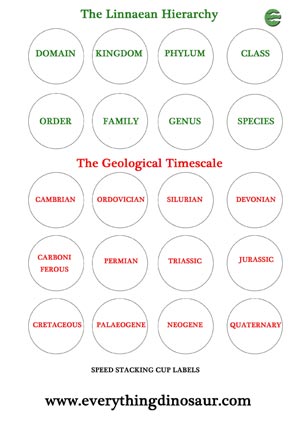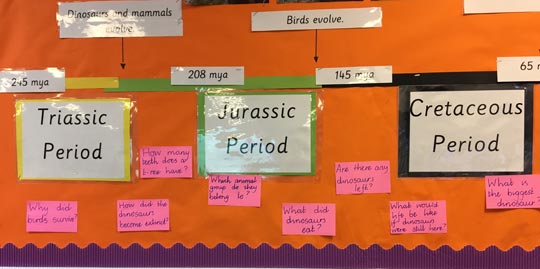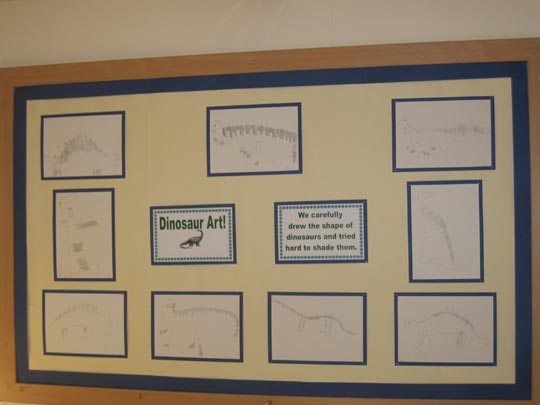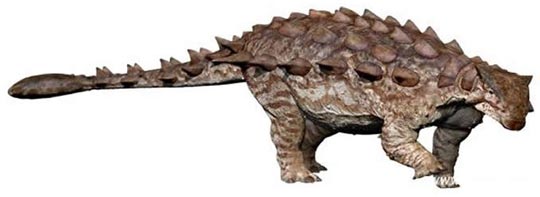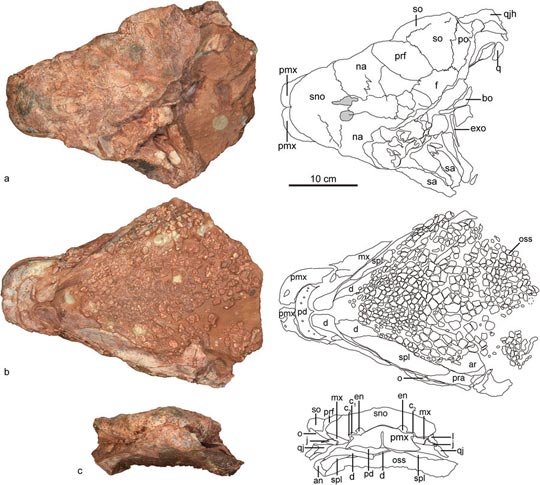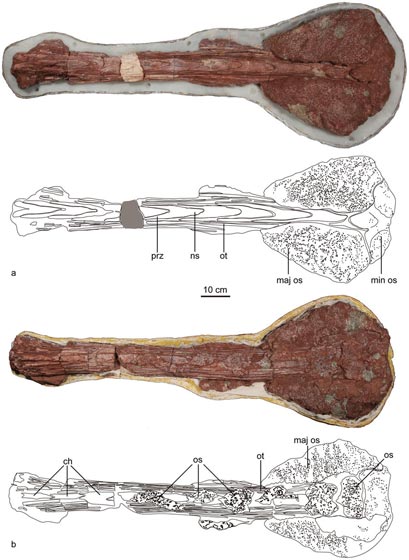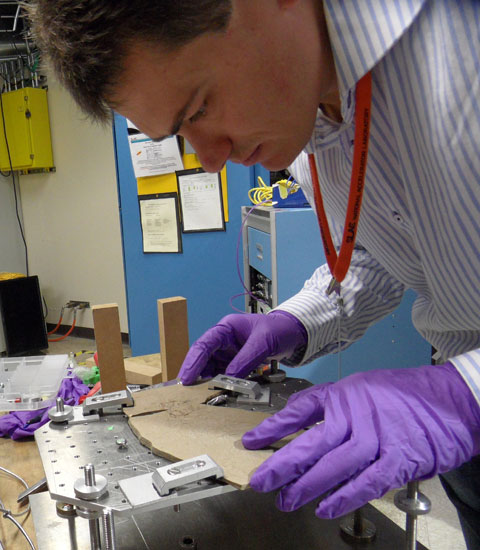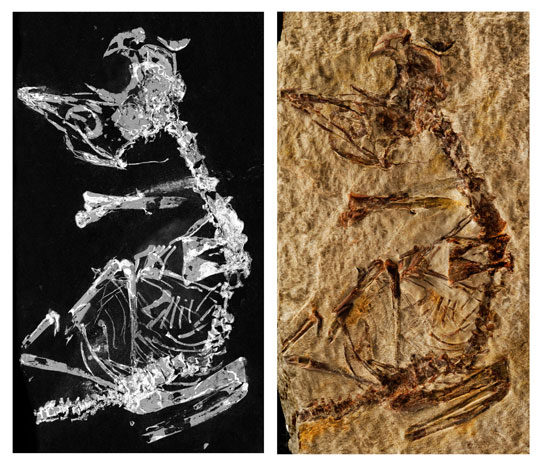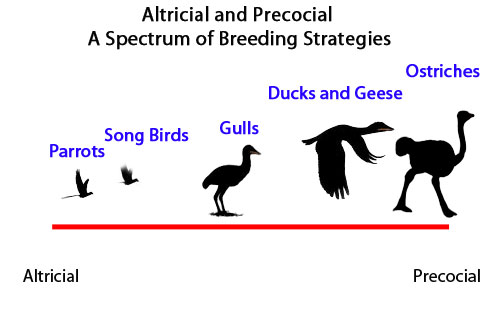Plans Progressing for Palaeoloxodon
Everything Dinosaur Preparing for a Straight-tusked Elephant
Everything Dinosaur team members have been busy preparing for the introduction of the Straight-tusked elephant figure from Eofauna Scientific Research. This 1:35 scale replica of Palaeoloxodon antiquus is due to arrive in stock around late May/early June, that may be a few weeks away, but there is still plenty of work to do in the meantime.
The New for 2018 Straight-tusked Elephant from Eofauna Scientific Research
Picture credit: Eofauna Scientific Research/Everything Dinosaur
To join Everything Dinosaur’s reserve list for this new 1:35 scale figure simply email: Contact Everything Dinosaur to Reserve Your Model.
Space has been allocated in our warehouse to receive this wonderful proboscidean and we have ensured that there will be adequate stock of the first figure in the Eofauna range, the Steppe Mammoth model (introduced last year), which is likely to have an upsurge in sales as more collectors discover this wonderful model range.
View the Everything Dinosaur website: Everything Dinosaur.
Commissioning a Scale Drawing of Palaeoloxodon antiquus
An illustration of Palaeoloxodon antiquus has already been commissioned and completed. This drawing, will form the basis for a scale drawing of this extinct elephant that will be used in our exclusive Straight-tusked elephant fact sheet that will be sent out with every model sell. The fact sheet is currently being researched and prepared. Once it has been approved, this new fact sheet will be added to our library of several hundred prehistoric animal data sheets that Everything Dinosaur has compiled.
The Illustration of the Straight-tusked Elephant Commissioned by Everything Dinosaur
Picture credit: Mike Fredericks/Everything Dinosaur
A spokesperson from Everything Dinosaur commented:
“We do appreciate that model collectors often like to learn a little about the prehistoric animal that a model represents, that’s why we go to the trouble of commissioning drawings and creating fact sheets for the majority of the prehistoric animals and dinosaurs that we sell. In addition, as the Eofauna Scientific Research figure is based on actual fossil specimens, it is fitting for us to provide a fact sheet on this extinct elephant, after all, one of our objectives is to help educate and inform.”
Palaeoloxodon Upsets the Loxodonta
A study of ancient Palaeoloxodon antiquus DNA revealed that this extinct species was closely related to African forest elephants (Loxodonta cyclotis). This came as a surprise as most palaeontologists had believed that the Palaeoloxodon genus was, from a taxonomic perspective, closer to the Asian elephant (Elephas maximus). Furthermore, the genetic analysis revealed that extant forest elephants in the Congo Basin were more closely related to Palaeoloxodon antiquus than they were to the African savannah elephant (Loxodonta africana). This meant that the elephant family tree would have to be drastically revised and the Loxodonta genus itself will have to be reviewed and subjected to some revision.
Members of the Elephantidae family (most of them), might have big, but it turns out that these iconic animals with their ancient lineage can still produce some enormous surprises.
The Eofauna Scientific Research Straight-tusked Elephant with the First Eofauna Model (Mammuthus trogontherii)
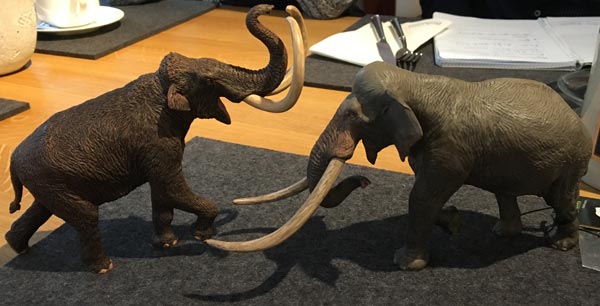
Picture credit: Everything Dinosaur
To view the current range of Eofauna Scientific Research models available from Everything Dinosaur: Eofauna Scientific Research Models and Replicas.



